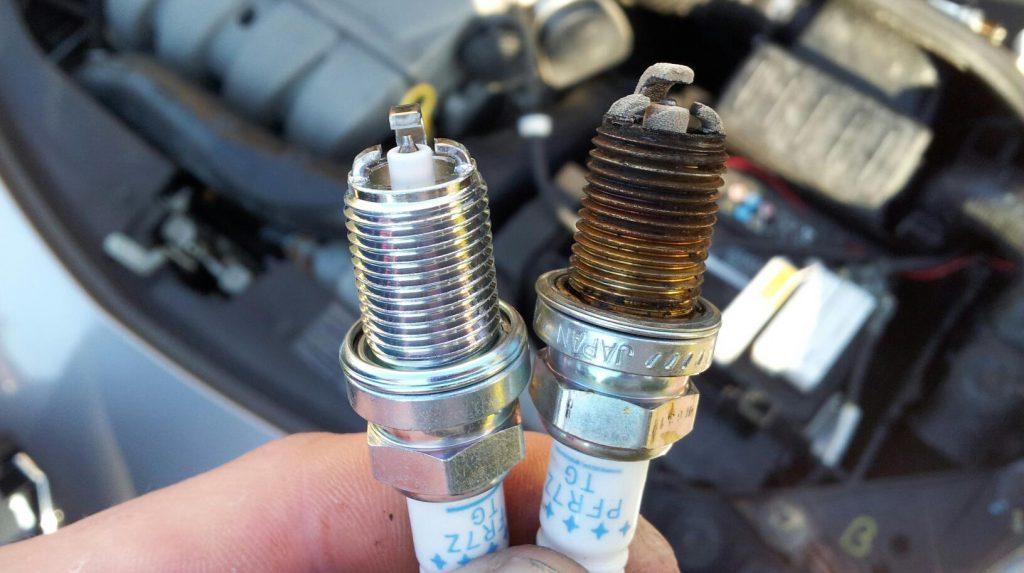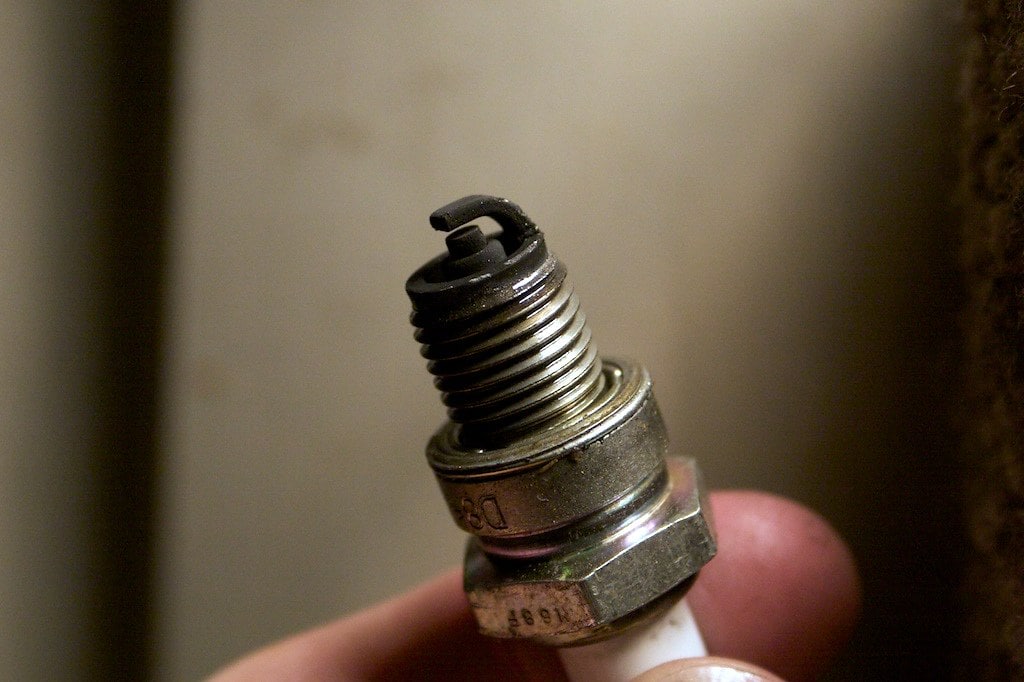Read Your Spark Plugs to Diagnose Engine Problems
New or old, gasoline engines all rely on spark plugs to run. Not only do they provide the literal spark that brings your engine to life, your spark plugs also bear witness to everything happening inside your engine’s cylinders. As a result, they can tell you a lot about the health of your engine.
Every DIYer should know how to read their spark plugs and our Tinker experts are here to help. With this detailed guide, you’ll understand all the information your spark plugs offer so you can diagnose potential engine problems, hopefully before they become serious.

Normal Wear
Ideally, when you remove your spark plugs, you'll find them with a very light coating of tan or gray deposits and minimal electrode wear. This signifies that your engine is running at optimal combustion temperatures with a well-balanced air-fuel ratio.
Spark plugs do have a finite service life, however. After about 60,000 miles, you may start to see some noticeable thinning of the electrodes, accompanied by a widening gap between them. Such wear is normal but does mean the plugs are due for replacement.
Carbon Deposits
Dry, sooty deposits on your spark plugs usually come from an overly rich fuel mixture. In other words, there's more fuel in the air-fuel mixture than the engine can efficiently burn. This results in incomplete combustion, leaving a coating of carbon on the electrodes.
Factors that contribute to a rich mixture include malfunctioning fuel injectors, clogged air filters, or faulty oxygen sensors. Each of these issues disrupts the delicate balance needed for efficient combustion and warrants further investigation to address.
Carbon deposits can also come from excessive idling or frequent low-speed driving where the engine fails to reach its optimal operating temperature. In such cases, switching to a "hotter" spark plug may help to stave off carbon buildup.

Damaged Insulators or Electrodes
Physical damage to your spark plugs, such as blistering or chipping of the ceramic insulator or melted or broken electrodes, typically comes from excessive heat in the combustion chamber. This can result from an overly lean air-fuel mixture, improper ignition timing or poor-quality fuel.
Such conditions lead to detonation – more commonly known as "knocking" or "pinging" – where the air-fuel mixture ignites prematurely, creating undue stress on the engine. This is not a problem to sleep on. If not corrected, it can result in serious long-term damage.
Ashy Deposits
A gray, gritty coating on your spark plugs usually means that vaporized oil was present in the cylinder during combustion. This can happen if your valve stem seals or valve guides are worn, allowing a fine mist of oil to pass by.
Replacing your valve stem seals or valve guides is not exactly a simple job, but it's nowhere near as complex or as expensive as rebuilding the engine.
Excessively Clean Plugs
Spark plugs that appear unusually clean, almost as if they're brand new, might initially seem like a positive sign. But in reality, it's not. A sparkling clean appearance usually points to coolant leaking into the combustion chamber, typically from a compromised head gasket, cracked engine block or flawed cylinder head. Once there, the coolant vaporizes and effectively steam-cleans the plugs.
While this might leave your plugs looking spotless, a coolant leak is a severe issue that can lead to overheating and eventually catastrophic engine failure if left unaddressed.
Oily Deposits
Finding your spark plugs coated in wet, black deposits is pretty bad news. It's a clear sign that liquid oil is making its way into the combustion chamber. This not only affects the plugs' ability to fire correctly, but it also could be a sign that your engine may require a partial or full engine rebuild. That's because the source of such leaks is usually either worn piston rings or a damaged cylinder head.
In either case, you'll want to track down and address the issue before things get any worse.

Final Thoughts
Much like eyes are the windows to the soul, spark plugs are windows into the internal workings of your engine. Understanding the stories they tell is a critical skill for any DIY mechanic, tipping you off to problems before they become big problems, saving you time and money.
So the next time you’re changing your spark plugs, take a closer look at the old set. What you see can help you ensure the long-term health of your engine.
Still have questions? Speak to one of our Tinker Experts today!



